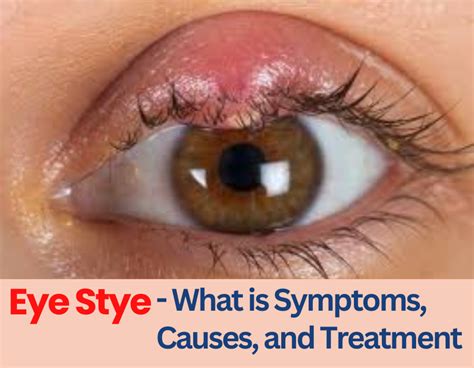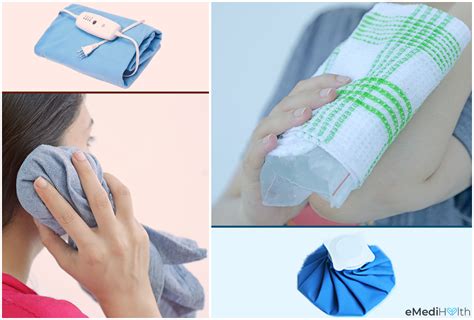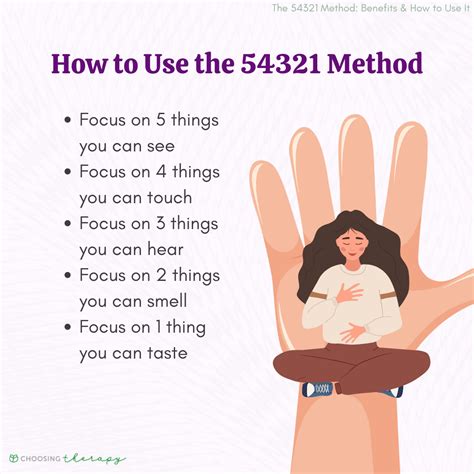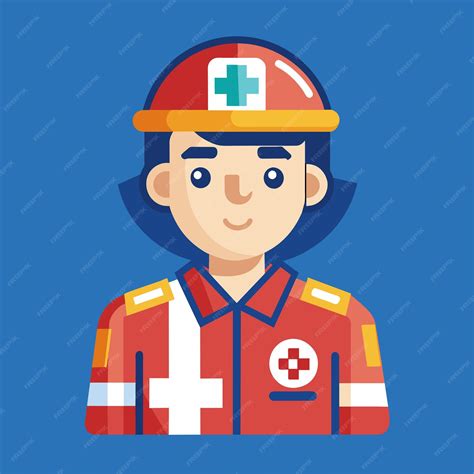Intro
A stye, also known as a hordeolum, is a common and often painful eye condition that can cause discomfort and disrupt daily life. It is essentially a small, usually harmless, bump that appears on the eyelid due to a blocked oil gland or an infection. One of the most recommended home remedies for treating a stye is the application of a warm compress. But what exactly is a warm compress, and how does it help in alleviating the symptoms of a stye?
The application of a warm compress is a simple yet effective method to promote healing and reduce the discomfort associated with a stye. By applying a warm, damp washcloth to the affected eyelid, individuals can help to increase blood flow to the area, reduce swelling, and encourage the stye to come to a head and drain. This process can significantly reduce the healing time and alleviate the pain and discomfort caused by the stye. Moreover, using a warm compress is a non-invasive and inexpensive method that can be easily done at home, making it a highly accessible treatment option for people suffering from this condition.
The importance of treating a stye promptly and effectively cannot be overstated. If left untreated, a stye can lead to more serious complications, such as the formation of a chalazion, which is a larger and more stubborn bump that can require medical intervention to treat. Furthermore, in some cases, a stye can be a sign of an underlying condition, such as blepharitis or an infection, which may need to be addressed by a healthcare professional. Therefore, understanding the benefits and proper application of a warm compress is crucial for individuals looking to manage their stye symptoms effectively and prevent potential complications.
Understanding Styes and Their Symptoms

To effectively treat a stye, it is essential to understand the condition, its causes, and its symptoms. A stye typically appears as a small, red, and painful bump on the eyelid, often accompanied by swelling, redness, and sensitivity to light. In some cases, a stye may also cause the eye to feel gritty or scratchy, and there may be an increase in tear production. Understanding these symptoms can help individuals identify when they have a stye and seek appropriate treatment.
Causes of Styes
The causes of styes can be broadly categorized into two main types: internal and external hordeolum. An internal hordeolum occurs when an oil gland within the eyelid becomes infected, while an external hordeolum, also known as a stye, is usually caused by an infection of the hair follicle at the base of an eyelash. Both types can be treated with a warm compress, among other methods, to promote healing and reduce symptoms.Benefits of Using a Warm Compress for Stye

Using a warm compress to treat a stye offers several benefits. Firstly, it helps to increase blood flow to the affected area, which can promote healing and reduce the size of the stye. Secondly, the warmth can help to soften the contents of the stye, making it easier for it to come to a head and drain, thus reducing the healing time. Additionally, applying a warm compress can provide relief from the pain and discomfort associated with a stye, improving the overall quality of life for the affected individual.
How to Apply a Warm Compress
Applying a warm compress is a straightforward process that requires minimal equipment. A clean washcloth soaked in warm water is the most common tool used. The washcloth should be wrung out so that it is damp but not soaking wet, as excess moisture can irritate the eye. The compress should then be applied to the closed eyelid for about 5-10 minutes, repeated 3-4 times a day. It is crucial to ensure the water is not too hot, as this can cause burns or further irritation to the eye.Additional Remedies and Precautions

While a warm compress is an effective treatment for styes, there are additional remedies and precautions that individuals can take to promote healing and prevent future occurrences. Keeping the eyelids clean, avoiding the sharing of makeup or makeup brushes, and not touching or rubbing the eyes can help prevent infections. In some cases, over-the-counter treatments or antibiotics may be prescribed by a healthcare professional if the stye is particularly large, painful, or persistent.
Preventing Future Styes
Prevention is key when it comes to styes. Regular eyelid hygiene, including gently washing the eyelids with a mild soap and warm water, can help prevent the buildup of bacteria and reduce the risk of developing a stye. Additionally, avoiding excessive makeup use, especially around the eyes, and ensuring that any makeup or contact lenses are cleaned and stored properly can also help in preventing styes.When to Seek Medical Attention

While most styes can be treated at home with a warm compress and good hygiene practices, there are instances where medical attention is necessary. If the stye is particularly large, painful, or does not improve with home treatment, it is advisable to consult a healthcare professional. Additionally, if there are signs of infection, such as increased redness, swelling, or discharge, or if vision is affected, seeking medical help is crucial. In some cases, a stye can be a symptom of a more serious underlying condition, and a healthcare professional can provide a proper diagnosis and treatment plan.
Conclusion Summary
In summary, a warm compress is a highly effective and accessible treatment for styes, promoting healing, reducing symptoms, and preventing potential complications. By understanding the causes and symptoms of styes, applying a warm compress correctly, and taking additional precautions, individuals can manage their condition effectively. However, it is essential to know when to seek medical attention to ensure proper treatment and prevent any serious consequences.Final Thoughts on Stye Treatment

Treating a stye requires patience, good hygiene practices, and in some cases, medical intervention. By following the guidelines outlined and seeking medical help when necessary, individuals can effectively manage their stye symptoms and prevent future occurrences. Remember, a stye is generally not a cause for concern and can be treated with simple home remedies like a warm compress. However, being informed and proactive in one's healthcare can make a significant difference in the healing process and overall well-being.
Encouragement for Further Engagement
If you or someone you know is experiencing symptoms of a stye, we encourage you to share this article to help spread awareness and provide useful information. Your comments and questions are also welcome, as they can help others who may be going through similar experiences. Don't hesitate to reach out to healthcare professionals for advice tailored to your specific situation. Together, we can promote better eye health and provide support to those in need.What is the primary cause of a stye?
+A stye is primarily caused by a bacterial infection, often resulting from a blocked oil gland or an infected hair follicle at the base of an eyelash.
How long does it typically take for a stye to heal with a warm compress?
+The healing time for a stye can vary, but with consistent application of a warm compress, most styes heal within a few days to a week.
Can I use a warm compress if I have other eye conditions?
+It is generally recommended to consult with a healthcare professional before using a warm compress if you have other eye conditions, as they can provide advice tailored to your specific situation and ensure the treatment does not exacerbate any existing conditions.
